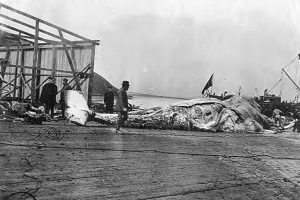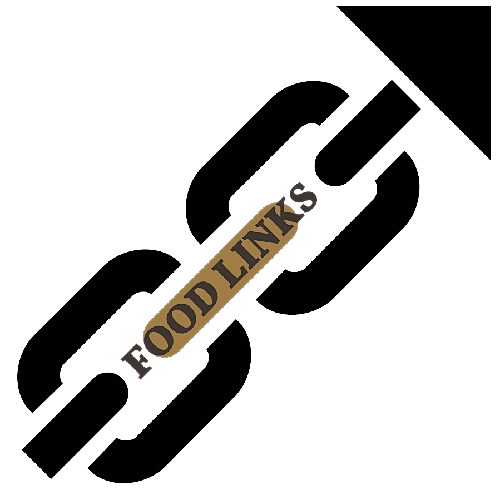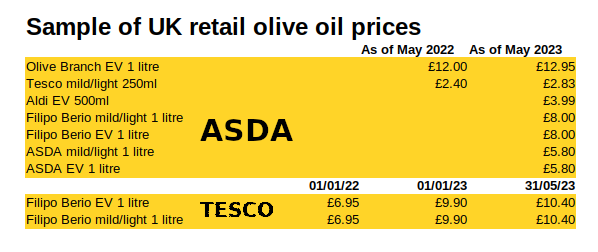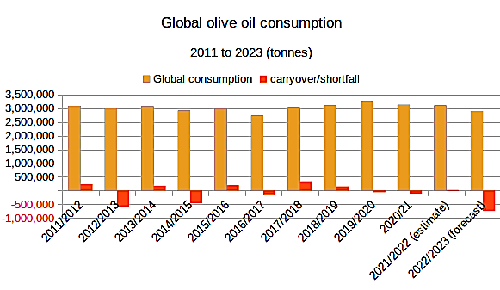Today’s On Your Farm came from Yew Tree Farm, Bristol’s last city farm. Third generation farmer Catherine Withers faces existential challenges to a business that has adapted to extensive and rapid change, but is on the point of losing access to land that is vital to its survival. Part of a site of Scientific and Conservation Interest, the farm should have been spared the predatory attention of a local property developer.
Instead, acres of hay and winter feed once intended for Catherine’s dairy herd is under lock and key. The tenancy on the field concerned was terminated in favour of a planning proposal for 200 homes that has yet to be agreed. When the BBC visited, the hay in the field was ready to be cut and the livestock would have been sure of winter sustenance. However, Catherine is kept away from her crop by a heavy padlock on the gate. Being able to see the crop but not gather it in just adds injury to insult.
Elsewhere on the farm, another tenancy on a field adjacent to a local council crematorium is set to end, as the town hall plans to extend the amenities for its residents. Again, it is the dairy cattle that will lose out. Catherine has a small dairy herd, as well as outdoor pigs: she also grows vegetables, which she can sell to local residents within walking distance of her farmhouse. Bristol used to have more than 30 farms within its boundaries: as the city’s only remaining farmer, Catherine is something of a local hero, not just to her customers.
Yew Tree has a high proportion of ancient meadow in its grazing, an irreplaceable asset that has been quietly sheltering threatened flora and fauna for centuries. Its value to Bristol is incalculable, but depends on being an integrated space, across which wildlife can roam. The shift from viable and productive to long term decline is an ever-present threat and determined by factors that neither Catherine nor her many supporters can control.
Listen to the programme while it is available on the BBC Sounds website. It raises questions for all of us, regardless of whether we live in a city or a rural area.










